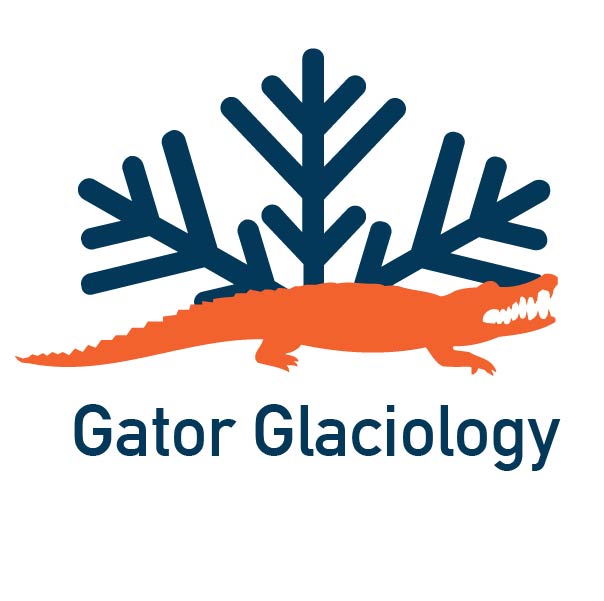Welcome to GStatSim
Contents
Welcome to GStatSim#
GStatSim is a Python package specifically designed for geostatistical interpolation and simulation. It is inspired by open source geostatistical resources such as GeostatsPy and SciKit-GStat. The functions are intended to address the challenges of working with datasets with large crossover errors, non-linear trends, variability in measurement density, and non-stationarity. These tools are part of our ongoing effort to develop and adapt open-access geostatistical functions.
In its current state, the demos focus on the geostatistical simulation of subglacial topography. However, these protocols could be applied to a number topics in glaciology, or geoscientific problems in general.
We will continuously develop new tools and tutorials to address specific technical challenges in geostatistics. Do you have feedback or suggestions? Specific things that we should account for? Feel free to contact us at emackie@ufl.edu. Our goal is to create tools that are useful and accessible, so we welcome your thoughts and insight.
Contributors#
(Emma) Mickey MacKie, University of Florida
Michael Field, University of Florida
Lijing Wang, Stanford University
(Zhen) David Yin, Stanford University
Nathan Schoedl, University of Florida
Matthew Hibbs, University of Florida
How to cite#
MacKie, Emma, Field, Michael, Wang, Lijing, Yin, Zhen, Schoedl, Nathan, & Hibbs, Matthew. (2022). GStatSim (1.0). Zenodo. https://doi.org/10.5281/zenodo.7230276
or
@software{mackie_emma_2022_7274640, author = {MacKie, Emma and Field, Michael and Wang, Lijing and Yin, Zhen and Schoedl, Nathan and Hibbs, Matthew}, title = {GStatSim}, month = oct, year = 2022, publisher = {Zenodo}, version = {1.0}, doi = {10.5281/zenodo.7274640}, url = {https://doi.org/10.5281/zenodo.7274640} }
Datasets#
The demos use radar bed measurements from the Center for the Remote Sensing of Ice Sheets (CReSIS, 2020).
CReSIS. 2020. Radar depth sounder, Lawrence, Kansas, USA. Digital Media. http://data.cresis.ku.edu/.
Acknowledgments#
This work was supported by the Earth Sciences Information Partners (ESIP) Lab and the National Science Foundation (NSF) GeoSMART program.
Functionalities#
- Installation
- Experimental Variogram
- Variogram Model
- Simple kriging and ordinary kriging
- Sequential Gaussian simulation
- Interpolation comparison using different variogram models
- Interpolation with anisotropy
- Non-stationary SGS with k-means clustering
- Non-stationary SGS with adaptive partitioning
- Interpolation with a trend
- Co-kriging and co-SGS with Markov Model 1 (MM1)
